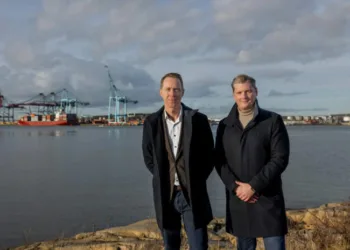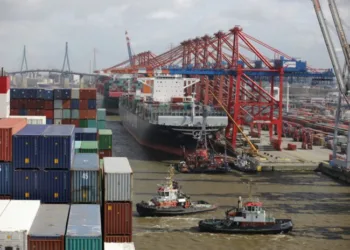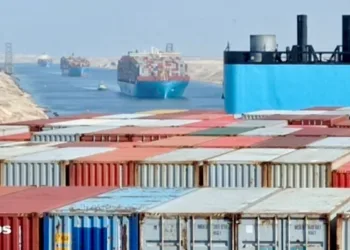Swiss containership giant MSC has moved to strengthen Bangladesh’s inland logistics network through a new concession to operate the Pangaon Inland Container Terminal (PICT), marking one of the largest inland infrastructure commitments yet by a global liner in the country.
Medlog, MSC’s fast-growing inland logistics arm, struck a deal to take over operations, supply and automation at PICT, located on the Buriganga River near Dhaka and close to the Dhaka–Mawa–Bhanga Expressway. The move is expected to ease pressure on Bangladesh’s road network by shifting more cargo flows to inland waterways and improving links between the capital and the country’s river ports and seaports.
MSC chief executive Soren Toft said the investment underscores the group’s view that Bangladesh is positioned to become a major regional trading gateway. “Our investment in the Pangaon Inland Container Terminal reflects our belief that Bangladesh has the potential to become one of South Asia’s major gateways for regional and global trade,” he said.
Under the concession, Medlog will expand PICT’s facilities and introduce new technology aimed at lifting efficiency and reducing bottlenecks. The upgraded terminal is expected to handle around 160,000 teu a year. Medlog will also charter barges from PICT to strengthen river connections between Pangaon and other inland terminals and coastal ports.
Salvatore Prudente, Medlog’s executive director, said the company is committed to shifting more domestic cargo to waterways to cut emissions and support industrial growth. “By investing in dedicated river terminals, barge links and multimodal infrastructure, we are committed to reducing carbon emissions, easing urban congestion and supporting our customers’ growth,” he said.
MSC’s move comes amid a wave of new foreign investment in Bangladesh’s port and logistics infrastructure. Earlier this year, APM Terminals, the port operating arm of Maersk, signed a $550m deal for the 30-year concession to build and operate the Laldia Container Terminal in Chattogram. Scheduled to open in 2030, the facility is expected to add more than 800,000 teu of annual handling capacity and eventually allow Chattogram to serve ships of up to 6,000 teu — more than double the current limit.





















